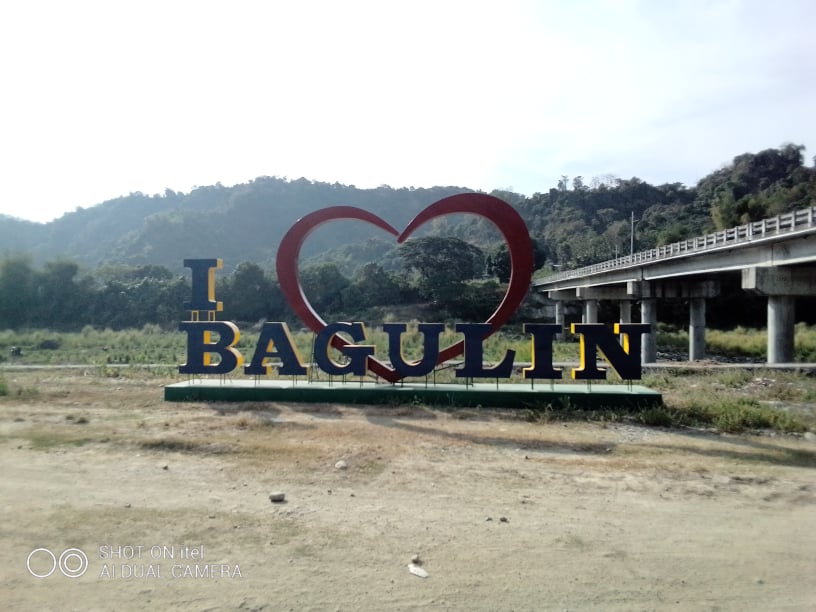Its name “Bagulin” was a coined from the word “Bago” and “Ulin.” It is said that during the early days, an Igorot named Bago wanted to find out what the bluish crystal part of the earth that he saw from the uplands was. One day, he walked out towards the west and upon reaching the shores of the China Sea, he found out that it was a body of salty water. While he was daydreaming along the shore, he saw a beautiful lass drowning in the waves. Used to swimming in the brooks and rivers, Bago immediately went to rescue the girl named Ulin. That was the first acquaintance of Bago with Ulin the young and daring lowlander lass. They fell in love with each other and aircastles found their way in these young hearts. Plans for their wedding had been the subject of their whispers. Unfortunately, Bago was not welcomed by Ulin’s parents. However, love knew no bound. The two eloped and they settled in the place now called Bagulin. They were gifted with a son whom they called Bagulin, coined after their names.

Creation of the Municipality
In 1903, the American Regime established a parliamentary government and institutional facilities. Education was introduced and a bamboo community hall roofed with cogon grass was erected. Bagulin was then under the jurisdiction of Mountain Province, sub-province of Benguet with La Trinidad as its capital. By 1918, under the agreement of Governor Guzman of Mt. Province and Governor Pio Ancheta of La Union, Bagulin became a municipal district of Burgos under the Province of La Union.
In 1922, Mt. Province relinquished the municipality of Bagulin to the Province of La Union. During that time, however, Bagulin was considered only a municipal district of La Union. It was only in June 25, 1963, by virtue of Executive Order No. 42 issued by President Diosdado Macapagal, that Bagulin was converted into a regular municipality.
